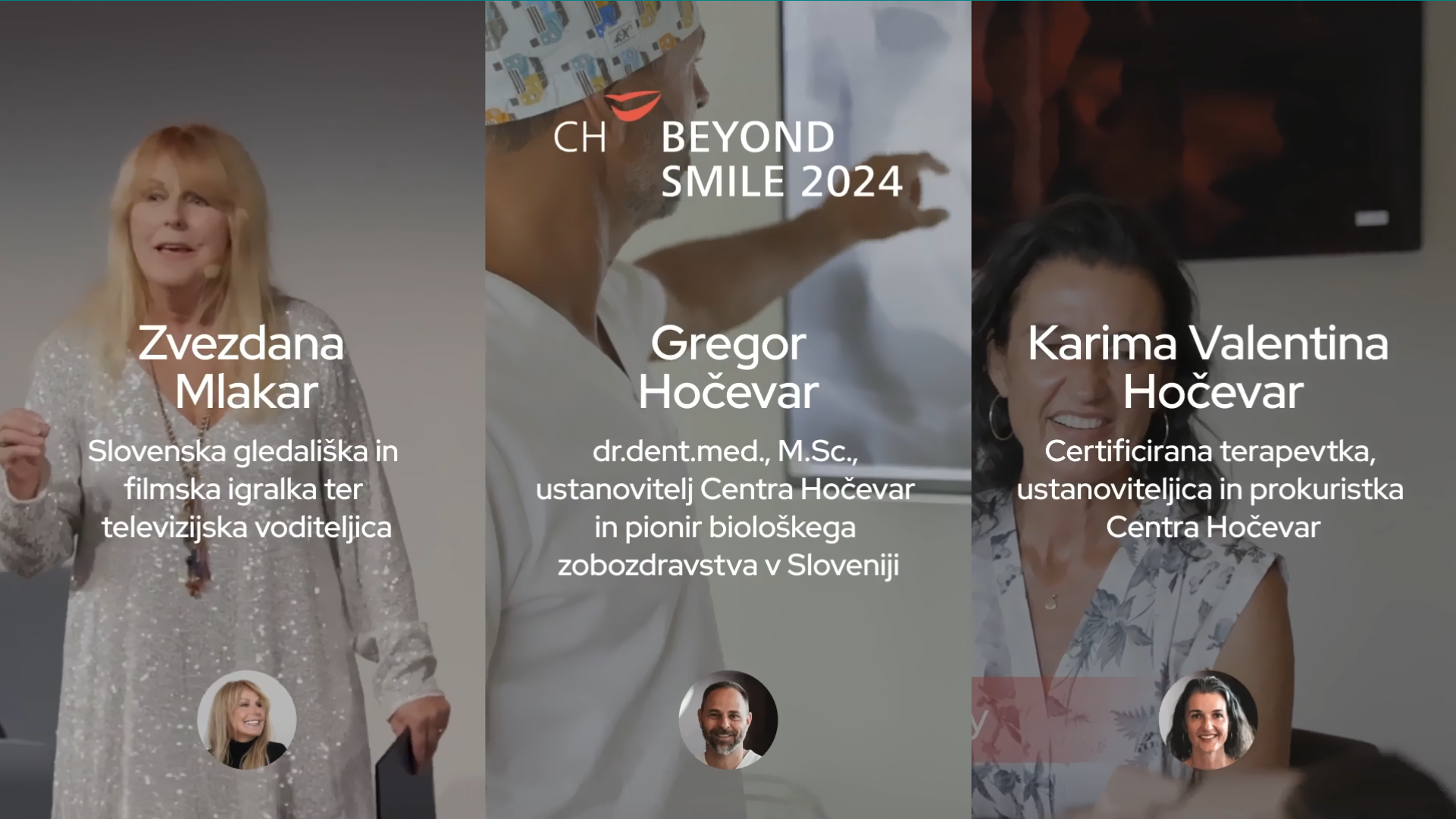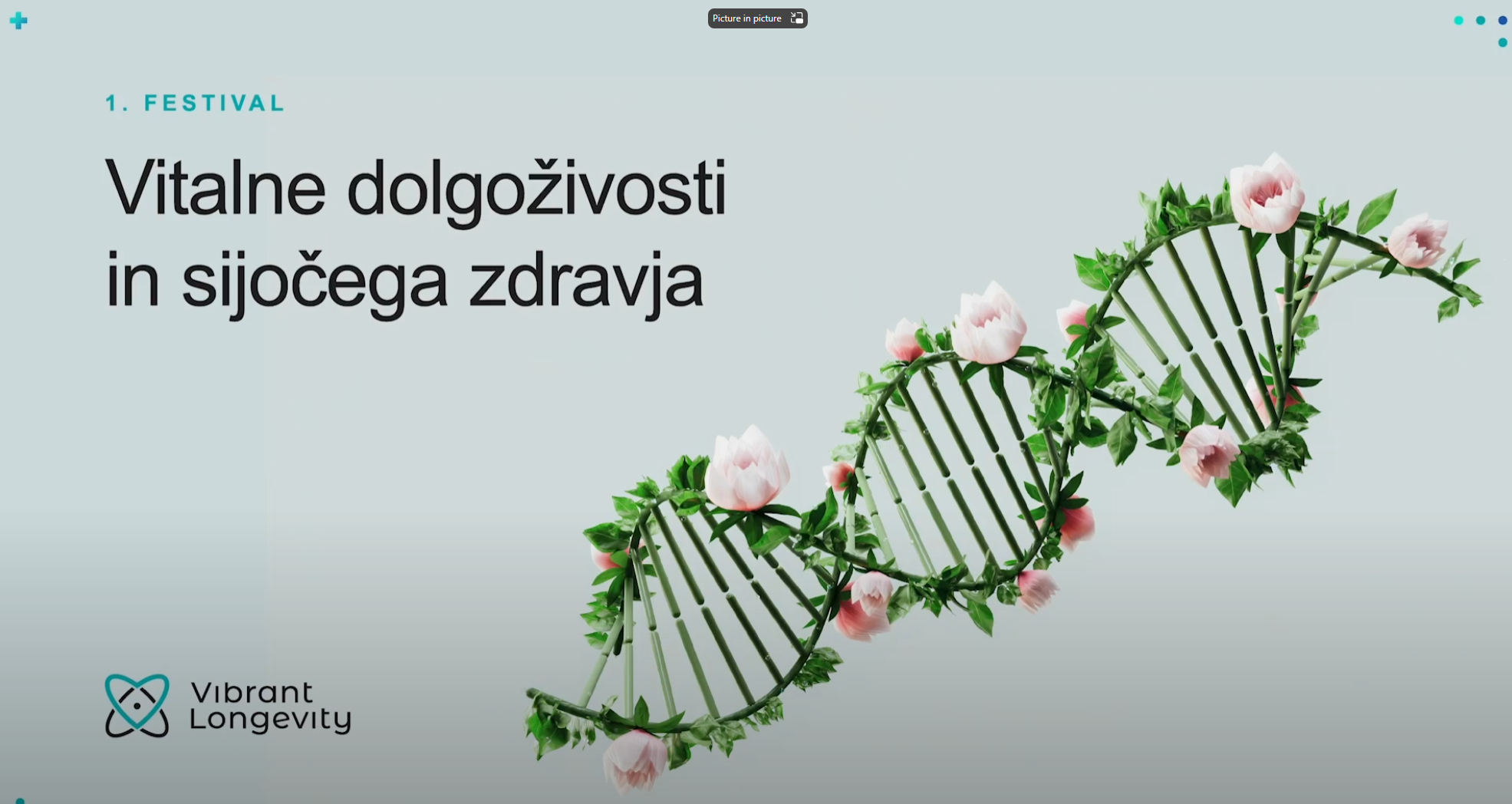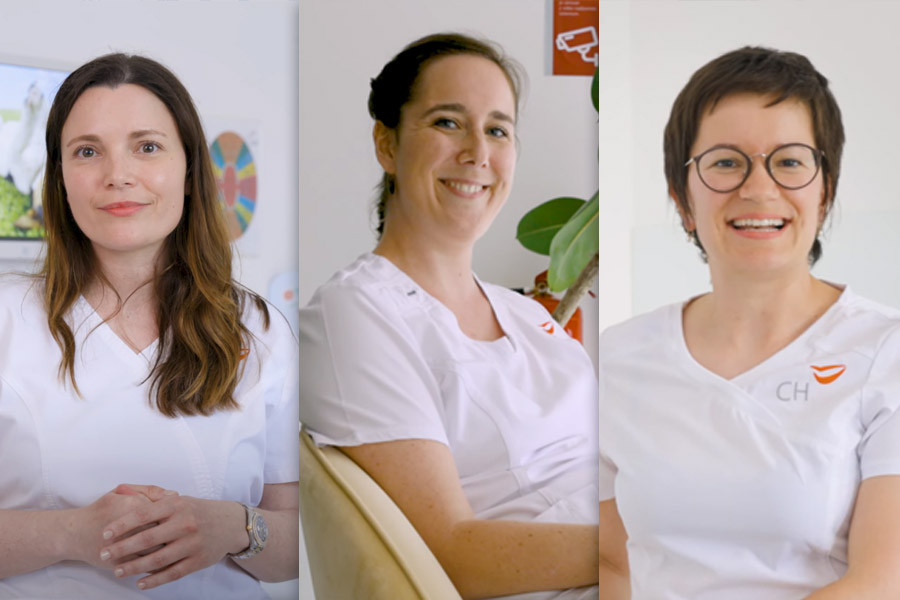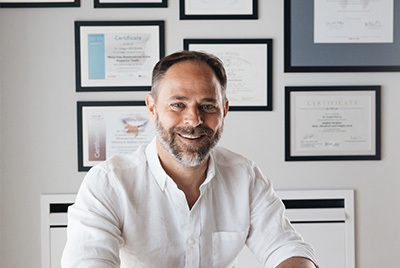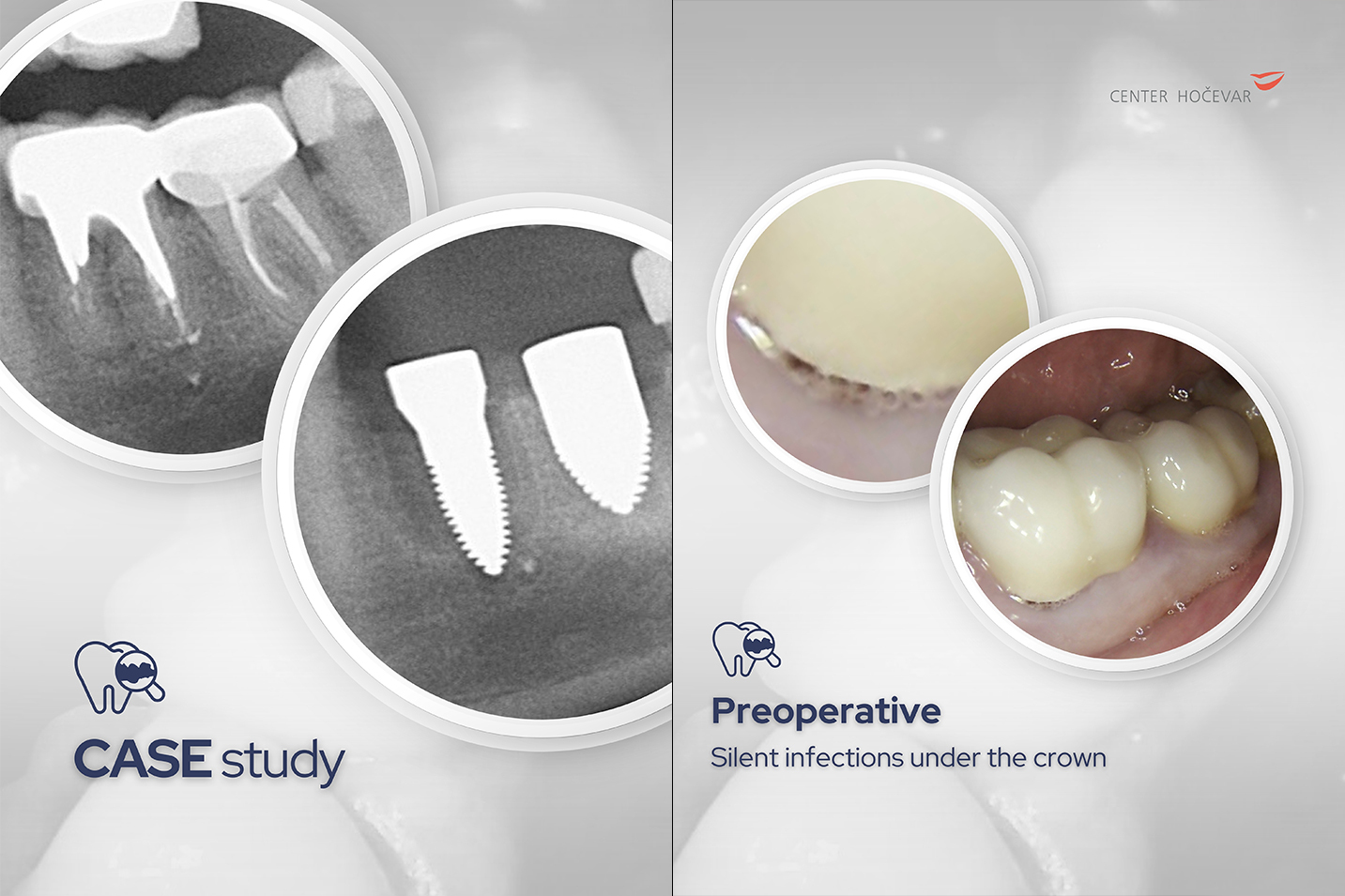Chintan Veet is a co-founder of craniosacral resonance and an assistant at the International Institute for Craniosacral Balancing which is active in Europe and India. He had to go through a very difficult experience of illness firsthand to discover craniosacral resonance, the biodynamic approach to craniosacral therapy. Twenty-five years ago, when he was 36 years old, he beat a very rare type of lymphatic cancer. The doctors believed he did not have much chance to recover and he remembers the situation being very dramatic. He was being treated with very aggressive chemotherapy, but after a while, it no longer worked. Then he had an experience in which he reconnected with his life force.
“I did not do anything, something just happened, and this amazing sensation lasted quite a long time. What is unbelievable is that after three weeks, the tumor was gone. My oncologist could not believe it and he presented my case at a seminar at university,” explains Chintan Veet who realized then that if healing powers and accepting the moment can be reached through deep relaxation, anything can happen. He thinks that many miraculous recoveries we read about happened after people entrusted these healing forces to work to their full potential. He used to perform a different form of craniosacral therapy, a more active one, in which the therapist finds the client’s issues. However, he felt something was missing. The day he learned about the biodynamic approach, the approach renowned for a deep respect of life, he realized this was what he had been looking for since it could help him express his entire life journey. He spent many years in India and this approach includes meditation. As he puts it, craniosacral therapy is not just a therapeutic approach, but it also offers learning tools and understanding which can be used in everyday life.
In touch with the breath of life
Cranisacral resonance is based on the principle of supporting your body in its self-healing, self-repairing and self-balancing forces. Hand touch is gentle and stable, the therapist keeps his hand in one spot for a long time and builds trust with the client so that they can both relax together. Relaxation is a very important aspect of the therapy. Deep relaxation is where the therapist comes in touch with the very slow inner rhythm, the expression of our life force. “This is the rhythm that spreads outwards. Listening to this expression of the breath of life, we can feel everything that goes on in our bodies. And the breath of life is not just energy, it also carries the body’s inherent intelligence. The body knows what must happen – better than us, the external bystanders and better than the patient’s mind.”
Inherent intelligence guides the therapist and the client through the therapy and shows what must happen. Only in deep relaxation can something deep, from beyond the mind, happen… Chintan Veet claims this is a very powerful way to restore and support a person’s health. During therapy, he first tunes to his client’s whole body and its energy field. After seven to ten minutes (or longer), the deeper feeling starts, a feeling of the breath spreading, and then the healing intention begins to emerge. From within, something tells him where to place his hands. “I often feel it in my own body or it manifests itself as a higher knowledge that guides you. Some visual people can see things, I have a friend who’s really good at this,” he says. “And some people can hear things. Myself, I am kinesthetic, I feel through touch and sensations. Everybody has their own way of following this inherent healing plan. The system knows how things are and what follows. We just have to follow it.”
Inner rhythm
What does the inner rhythm or the breath of life tell him? “It reveals a person’s state on all levels, namely the physical, emotional, mental and spiritual levels. If someone, for example, hit their head in childhood but does not remember this anymore, the influence of this is there in the body. People have a backache, lower back pain, neck pain, etc. 30 or 40 years later because a contraction happened upon impact. The tissue around this area shrunk and created a disorganized chaos in the body. The breath of life, also called the primary breath, tries to organize this chaos when it happens. A part of our life force is used to center this chaotic state. And this life force is no longer available in our day-to-day lives. It is somehow locked to keep everything in balance. When the therapy starts and the therapist places his hands on the client’s head, this rhythm normally spreads outwards, approximately three to four times a minute. Very slowly indeed. But instead of spreading outwards, it bypasses the affected area where an impact occurred,” explains our interviewee. He is more interested in what organizes a form and a specific rhythm than he is in the form itself. The body shows him, for example, that something is happening in the head or elsewhere… He then focuses his attention to this centered organization. And maintaining attention is the key since the body then works on this itself. This is usually followed by the chaos phase, which then slows down and balances; this is the deep stillness phase. Stillness is healing. The healing always happens in stillness. This can take a few seconds or minutes and then something starts to appear in the affected area that then dissolves. “Craniosacral resonance therapists do not fix anything or put things in their place, they help the body to dissolve the energy which keeps this place. When the energy disappears, there is no reason for the person to remain in imbalance,” explains Veet.
Reliving birth and traumas
Craniosacral resonance is suitable for anybody who experiences pain or poor well-being. He often works with more difficult cases. “People see many therapists, doctors, a chiropractor or a psychiatrist and don’t see much improvement in their well-being. This approach is complementary and takes care of a specific energy pattern which allows the body to reorganize itself. The idea is to consciously reconnect with the life force. All this provides support to the body to do its job as well as it can. The potential of these forces is incredible.”
In sessions, a therapist works on the birth pattern, where people relive their births and even the time when they were still in the uterus. “If the conception occurred in a dramatic situation, such as rape or domestic violence, the conception has a shock that is transferred into the two cells and that stays in the system. I experienced being in utero half way through pregnancy when I could clearly tell what had happened. When something dissolves and starts opening, an understanding of what happened comes with it. It’s inherent knowledge you receive in the form of thoughts, images or just sensations, and you are absolutely sure beyond any doubt that this is what happened.”
Traumatic experiences
Therapy is very subtle and slow. If someone has a traumatic experience, it is very important that the therapist enter very gently, step by step, and when it is too much, take a step back and always remain where the client can consciously deal with the emotions. In doing so, the therapist consciously helps the system to dissolve the impact or remove a certain trauma from the nervous system, ensuring that it really disappears and does not come back in similar circumstances. Anytime a therapist touches something strong, he always asks the client if it is okay for him to feel it. Another aspect of therapeutic work is the dialog and conversation with the client. “We talk to people and ask them if it is okay and if they do not wish to feel it, we move our hands. We are sure to stay in contact with a person in such a moment, so that they do not feel isolated. This usually happens in our lives when we have a physically, emotionally or mentally painful experience and we shrink and isolate ourselves. This is stopped and a dialog is used.”
In Chintan’s rich experience, when working with adults the process often ends in birth patterns and early-life situations from the first ten years of their lives when their personalities are formed and they recreate the situation in life only to strengthen this pattern. “If someone comes in with back or neck pain, there is usually more to it than just that. After a few therapies, the physical level shows, but when we go deeper, old issues usually emerge. There are different layers, layers of all that is happening in our bodies. When learning this trade, the most difficult part is to really react to what the system represents and to recognize that as therapists, we are equipped with more than just an idea of what we should follow. Sometimes it is necessary to wait half an hour for something to happen. Traumatized or introverted people won’t just show us what’s happening. Sometimes a great deal of patience and understanding is what it takes and I trust 100% that at certain points, in certain places, something will happen. Many times people tell you that what healed them was that somebody was there with them for as long as was necessary. And that they were not abandoned, like they were by their parents or spouse. We were still there with them. Incredible.”
Experiencing peace and presence
What do people usually experience in therapy? “The therapy is based on deep relaxation. A safe place which we create determines how people relax. It depends on the person’s past and the dynamics between us. In deep relaxation, people can experience many things; it is usually expanding, the feeling of clarity, a deep peace… The deeper we go, the more we experience peace and the feeling that we are at home, a feeling that we are present in our bodies and in this room, the feeling of stillness. Everything stops, it’s nice. Visual people often see light. And often blue and purple colors, the ajna chakra colors. When people experience the light, they feel joy. Each journey is unique. Each therapy is unique and we never really know what will happen.”
People come to craniosacral therapy because of headaches, back pain, migraines, after surgeries, when they have burnout syndrome or are under stress, when they lack energy, when they deal with insomnia, depression, have restless legs syndrome, etc. Therapy is very suitable for pregnant women, especially in the last trimester when the body becomes uncomfortable. Therapy prepares the woman for giving birth and is also recommended after giving birth as well, since imbalance in the uterus and the lumbar area is quite common. Therapy is also quite common for newborns, hyperactive children and children with problems such as physical problems, concentration problems, children who wet the bed for a long time, etc. Therapy after dental procedures which strongly influence the dynamics of the jaw and head is also rather common. When people go through life crises, they experience confusion. If someone is not happy with their relationship, for instance, therapy can really help them. “The number of therapies depends on what people bring with them. And it also depends on where people want to go. Usually, three to five therapies are sufficient. Therapy with children lasts a half an hour, and with adults an hour and 15 minutes. Sometimes improvements are noticeable after one therapy,” concludes Veet.
Published in Zdravje magazine

